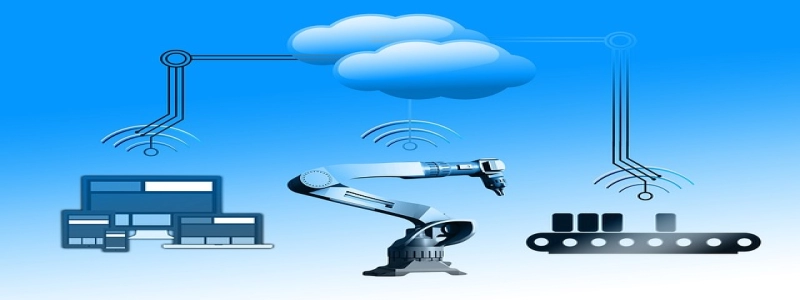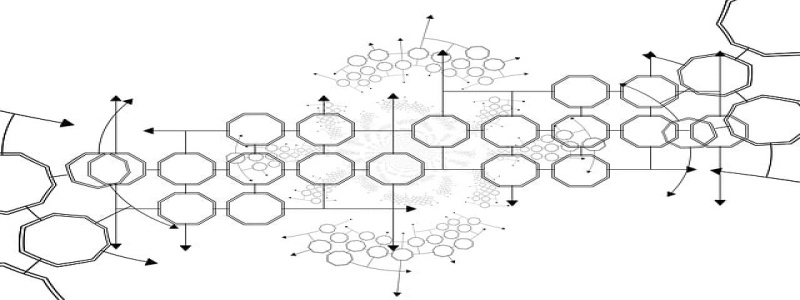Ethernet vs InfiniBand
I. Introduction
A. Significance of network communication
B. Comparison between Ethernet and InfiniBand
II. Overview of Ethernet
A. Definition and history
B. Advantages and disadvantages
1. Widely used and supported
2. Lower cost and simplicity
3. Limited bandwidth and latency
III. Overview of InfiniBand
A. Definition and history
B. Advantages and disadvantages
1. High bandwidth and low latency
2. Higher cost and complexity
3. Limited support and compatibility
IV. Performance Comparison
A. Bandwidth
B. Latency
C. Scalability
V. Application Scenarios
A. Data centers
B. High-performance computing (HPC)
C. Artificial intelligence (AI) and machine learning
VI. Conclusion
A. Selection criteria
B. Considerations for choosing Ethernet
C. Considerations for choosing InfiniBand
I. Introduction
In today’s interconnected world, network communication plays a vital role in connecting individuals, organizations, and systems. Different types of network technologies are utilized to facilitate communication, including Ethernet and InfiniBand. This article aims to compare and contrast these two technologies.
II. Overview of Ethernet
Ethernet is a widely used network technology that has been around since the early 1970s. It has evolved over time and is now the de facto standard for local area networks (LANs). Ethernet offers several advantages, such as widespread support and compatibility among devices. Additionally, it is relatively simple and inexpensive to implement.
However, Ethernet does have limitations in terms of bandwidth and latency. Its maximum data transfer rate is typically lower compared to InfiniBand, making it less suitable for applications that require high-speed data transfer.
III. Overview of InfiniBand
InfiniBand, on the other hand, is a high-performance network technology developed in the late 1990s specifically for high-speed computing applications. It provides high bandwidth and low latency, making it ideal for data-intensive tasks. InfiniBand is known for its ability to scale well, allowing for efficient communication between multiple systems.
While InfiniBand offers superior performance, it also comes with higher costs and complexity. The deployment and management of InfiniBand networks require specialized knowledge and hardware, making it less accessible for general-purpose networking.
IV. Performance Comparison
When comparing Ethernet and InfiniBand in terms of performance, several factors come into play.
A. Bandwidth:
Ethernet typically offers lower bandwidth compared to InfiniBand. Ethernet networks commonly operate at speeds ranging from 10 to 100 gigabits per second (Gbps), whereas InfiniBand can reach speeds of 200 Gbps or more.
B. Latency:
InfiniBand introduces lower latency compared to Ethernet. This means that data can be transmitted and received with less delay, making it extremely valuable for time-sensitive applications.
C. Scalability:
While Ethernet is suitable for small to medium-sized networks, InfiniBand excels in large-scale deployments, such as data centers and high-performance computing clusters. InfiniBand’s high scalability enables efficient interconnectivity between numerous nodes.
V. Application Scenarios
Both Ethernet and InfiniBand find applications in various scenarios, including:
A. Data centers:
Ethernet is commonly used in data centers due to its cost-effectiveness and simplicity. However, InfiniBand is gaining traction, especially in data-intensive environments where low latency and high bandwidth are critical.
B. High-performance computing (HPC):
InfiniBand is the preferred choice for HPC clusters due to its performance characteristics. It allows for efficient communication between nodes and faster data transfer, enabling accelerated computations and simulations.
C. Artificial intelligence (AI) and machine learning:
As AI and machine learning models require enormous amounts of data, InfiniBand’s high bandwidth and low latency make it an attractive option for these applications. Ethernet may still be used in less demanding AI and machine learning scenarios.
VI. Conclusion
The choice between Ethernet and InfiniBand depends on the specific requirements of the network application. Factors such as cost, bandwidth, latency, scalability, and complexity need to be carefully considered.
Ethernet is an excellent choice for general-purpose networking due to its widespread support and affordability. It is well-suited for small to medium-sized networks where high-speed data transfer is not critical.
On the other hand, InfiniBand excels in scenarios that require high-performance computing and data-intensive applications. Its higher performance capabilities come at a cost of increased complexity and specialized hardware requirements.
In summary, the selection between Ethernet and InfiniBand ultimately depends on the specific needs and budget of the network application.








